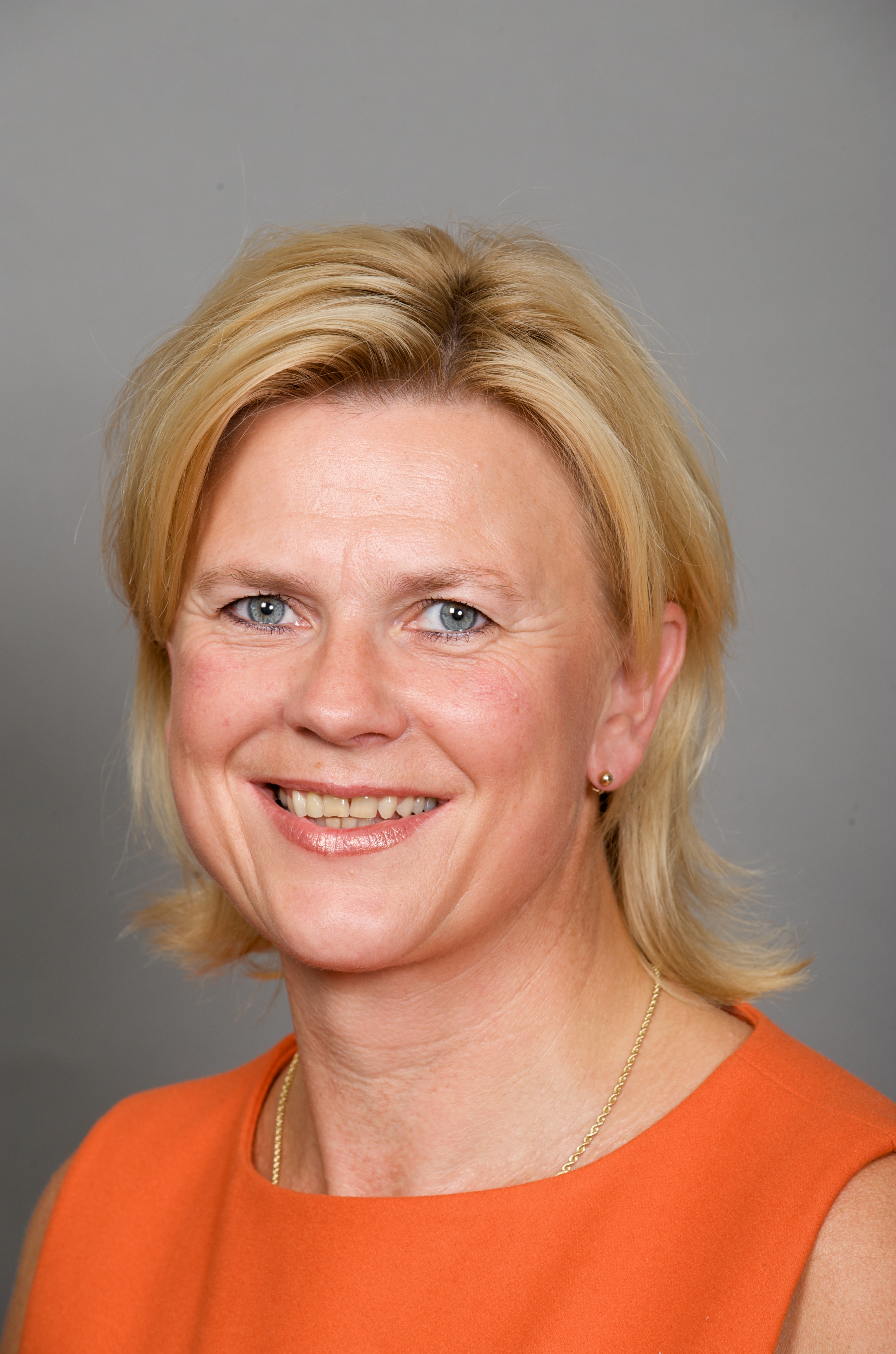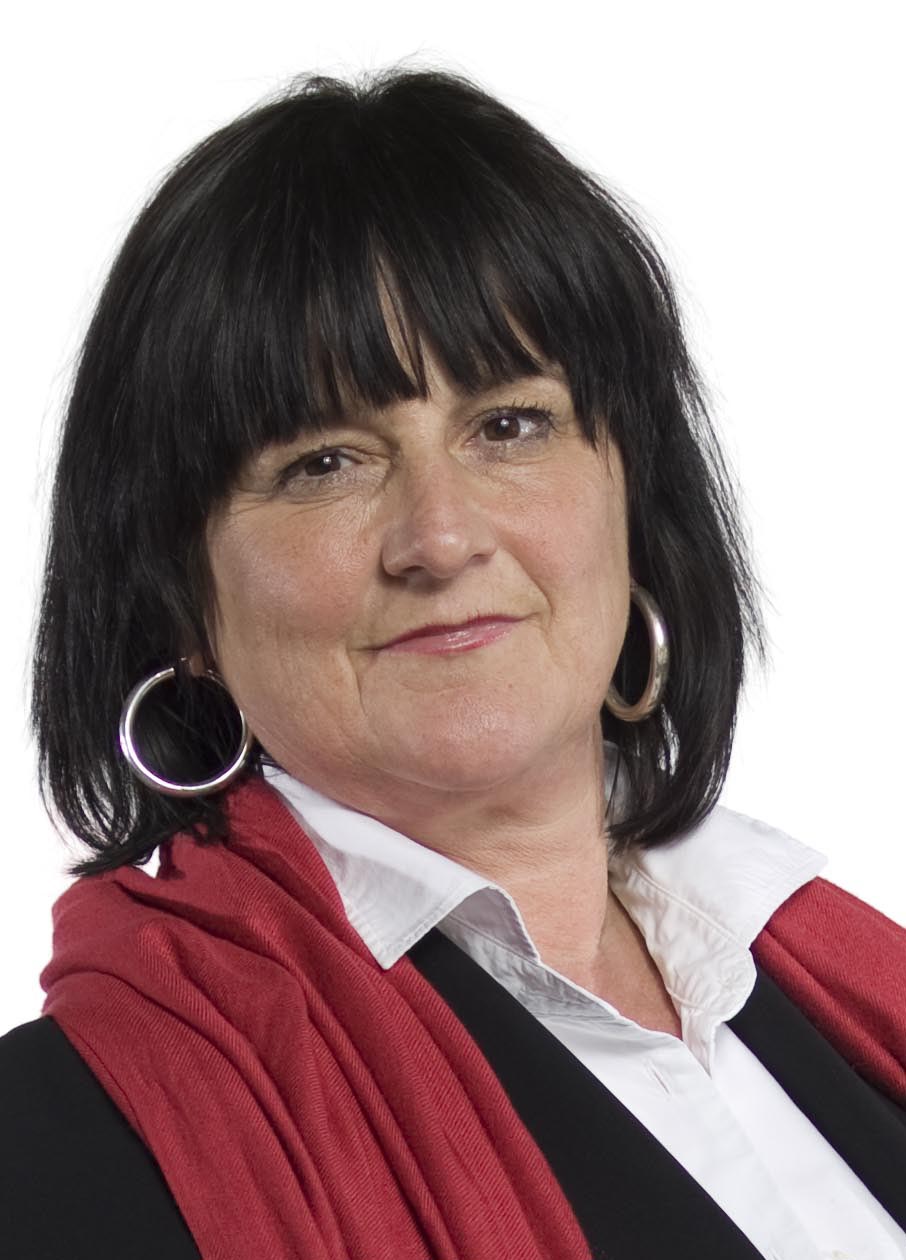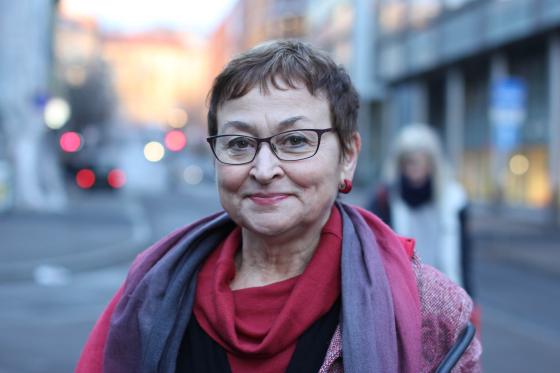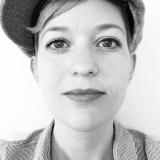The impact of a committee visit
A visit from the KIF Committee can mean the difference between no focus on gender equality and being the best in the class, measured by the percentage of women professors. As long as the best in the class is 27 percent, there is no doubt that more visits are needed.
“We had many good discussions with the KIF Committee, and as a direct result of our meeting the leadership at Narvik University College now wants to put greater focus on the area,” says Lise Bang Ericsson, Director of Personnel.
The sitting Committee for Gender Balance in Research (the KIF Committee) is in its sixth year, and the report entitled Styrk satsingen. Videreføring av Kif-komiteens arbeid etter 2013 (“Intensify the effort. Continuing the KIF Committee’s work after 2013”) gives a comprehensive summary of the input from the research sector about the impact of the committee’s activities. The general feedback suggests that the efforts are both important and effective and that the scheme with this type of committee should continue and be made permanent.
“The report shows both that we have set in motion some vital processes and that several of our goals have been achieved,” says Professor Gerd Bjørhovde, chair of the KIF Committee.
However, the experiences and effects at each individual institution have not been well documented. What do the institutions themselves say about the local impact of the committee’s work?
Wants tangible guidelines
Narvik University College is among the institutions recently visited by the current KIF Committee, a meeting that the Director of Personnel says was highly constructive.
“Another outcome of the meeting was that Narvik University College will be the organizer of next year’s network conference for gender equality in the higher education sector,” says Ericsson.

Among the things requested in the aftermath of the meeting was a proposal for a more tangible, step-by-step plan. Ericsson explains:
“Our female assistant professors have told us they would like more concrete guidelines on how to qualify for higher academic positions, preferably with a mentoring scheme in the qualifying phase for senior-level positions including professorships,” says Ericsson.
A means of raising awareness
The research institutes have also reported positive effects from the committee’s efforts. Ingeborg Lund, Director of Human Resources at SINTEF, confirms that another meeting would be well received.
“It would be very welcome! SINTEF wants to bring more women on board, and we want greater diversity. It’s important for us that there are institutions serving as partners in this process,” says Lund.
The last time the committee visited SINTEF was in 2008. At that time the KIF Committee noted that the issue of gender equality and gender balance had received little attention at the institution up to that point, but that it was about to be given a higher profile.
“It’s been a long time since we had our meeting with the KIF Committee, but gender balance at our institution has improved – slowly, but surely,” says Lund.
“However, we still see that the percentage of women declines the higher up we go in the position hierarchy. I would not say that the KIF Committee’s work has been directly responsible for the improved gender balance at our institution, but it has clearly had a positive impact as a continual reminder and as a means of raising awareness.”
Lund thinks the committee could expand its repertoire to include a focus targeted specifically at organizations outside of the higher education sector.
“We would like to see greater latitude for and focus on that part of the institute sector that does not involve universities. We have many common interests and challenges, but we also have our distinctive character and unique conditions,” explains Lund.

She emphasizes that both the committee’s visit and the subsequent network conference that SINTEF took part in have been inspiring and motivating.
“It’s beneficial that key individuals at our institution gain inspiration to continue the difficult work of achieving gender equality and good gender balance,” she says.
A real wake-up call
An institution with a history of success in gender balance following the committee’s first visit is the University of Tromsø. In 10 years the university has gone from having Norway’s lowest percentage of women professors at just 12 percent to the country’s highest at 27 percent. The university also won the Gender Equality Award in 2011 presented by the Ministry of Education and Research. Gerd Bjørhovde herself was the university’s vice rector in 2004 when the figures were much less promising and the previous KIF Committee chaired by Kari Melby paid a visit to the university.
“It was a real wake-up call, and quite embarrassing for the university,” remembers Bjørhovde.
“We were portrayed as a worst-case example in one of the committee’s first stories in the media, and it came right before the meeting between the university leadership and the committee. It was actually very irritating because they used a few wrong numbers that made the situation seem worse than it actually was. But the criticism also had an effect in that the University really took notice and gave a kick-start to the new gender equality plan. In addition, I said yes without hesitation when I was asked to serve as chair of the new committee in 2007," she explains.
Responsibility of the leadership
Bjørhovde underscores the importance of making gender equality efforts an issue of concern for the leadership, and notes that linking these efforts to the leadership are critical for achieving good results. Her own institution is an excellent example of this.
“At the University of Tromsø we understood that in order to improve the situation, action would have to be taken within and by the leadership. This has been a key factor in improving the gender balance,” she says.
“It's obvious that if the top leadership at an institution comes forward and says this is something they really believe in and want to focus on, it has a much greater impact on the rest of the institution than if the gender equality adviser ‘nags’ about the same issue. I still remember how wonderful I thought it was that the rector of NTNU, Torbjørn Digernes, stepped forward at a meeting of the Norwegian Association of Higher Education Institutions and emphasized that it is of course the leadership’s responsibility to focus on improving the gender balance. He really sounded like he meant it, and at NTNU they have also worked to follow up this responsibility,” says Bjørhovde.
Support and a broader perspective
NTNU, which was also recently visited by the KIF Committee, is a university with a long-term commitment to gender balance and recruitment – something which was also apparent at the meeting in March of this year. The visit was nonetheless seen as valuable and useful, according to the gender equality advisor Svandis Benediktsdottir.

“Although we are well underway with our gender equality efforts, we are certainly open to new ideas and thoughts on the issue, and the KIF Committee's overview of national and international measures means they can provide useful information and share experiences within the field of gender equality work,” says Benediktsdottir.
“In our experience, the committee’s dialogue with institutions helps to put the work into a broader perspective. It is also good support for us when the committee puts pressure on both the ministry and the Research Council to speed up the efforts.”
NTNU has gained a reputation for creativity, originality and goal orientation in their gender equality measures, but Benediktsdottir says they still would like to get input from the committee.
“We envision that further cooperation could also take place in the form of individual inquiries from us to members of the committee,” says Benediktsdottir.
Culture and structures
According to the report Intensify the effort!, more resources will be needed in any future committee terms if the same level of activity is to be maintained. The report also notes that expectations of the committee have increased since its inception.
“The expectations are probably the greatest when it comes to our institutional visits," says Gerd Bjørhovde.
“These have been extremely important both for the committee and for the institutions ever since KIF’s first term. It is our impression that this type of meeting, in which we hold concrete discussions with institutions, review their plans and priorities, ask them questions and tell them about how others solve problems, works well.”
“Now new people will join the new committee at the end of the year, and I’m certain they will have many ideas about what can and should be done.”
Work of this nature, which requires slow, arduous change, is dependent on continuity and security that operations can continue, and the report shows a unanimous desire for the committee scheme to be made permanent.
“The work we’re doing cannot be completed in a day,” says Bjørhovde.
“We would also like to have more resources to follow up after the visits. We do what we can, like writing letters and keeping abreast of the institutions’ work with action plans for gender equality, but we wish we could do more,” she emphasizes.
“Improving the gender balance – especially increasing the percentage of women in senior-level positions – are processes that involve culture and structures. This is why it’s so important that our work continues,” concludes Bjørhovde.
Translated by Connie Stultz.
The KIF Committee began its work in 2004 and served for two terms. The current committee was appointed for the period 1 April 2010 to 31 December 2013. Kari Melby was the chair for the first committee, and Gerd Bjørhovde has chaired the two subsequent committees. The new KIF Committee will begin its activities in 2014.
The KIF Committee has visited 35 universities, university colleges and research institutes in the period from the establishment of the first committee in 2004 to March 2013. In addition, the committee has held meetings with the Norwegian Association of Higher Education Institutions, the Ministry of Education and Research, the Research Council of Norway, and the Norwegian Agency for Quality Assurance in Education. The secretariat has also visited many institutions in addition to these.

